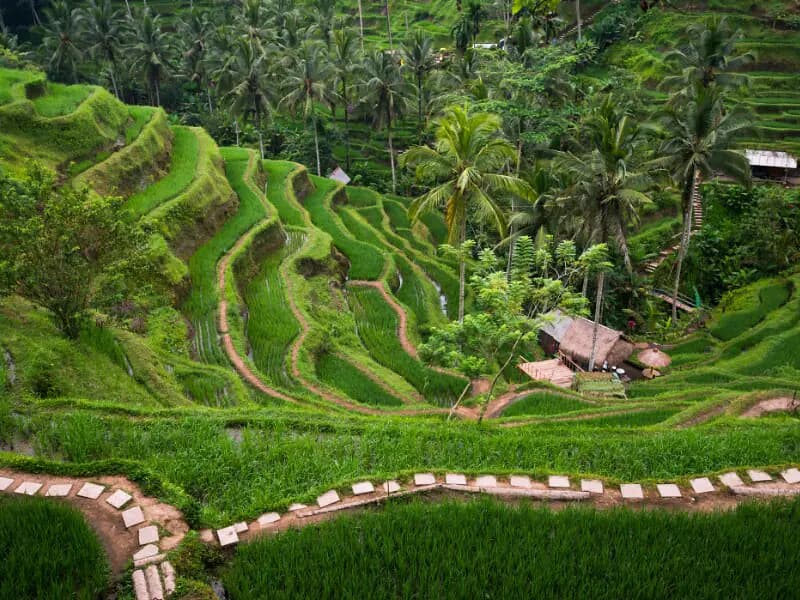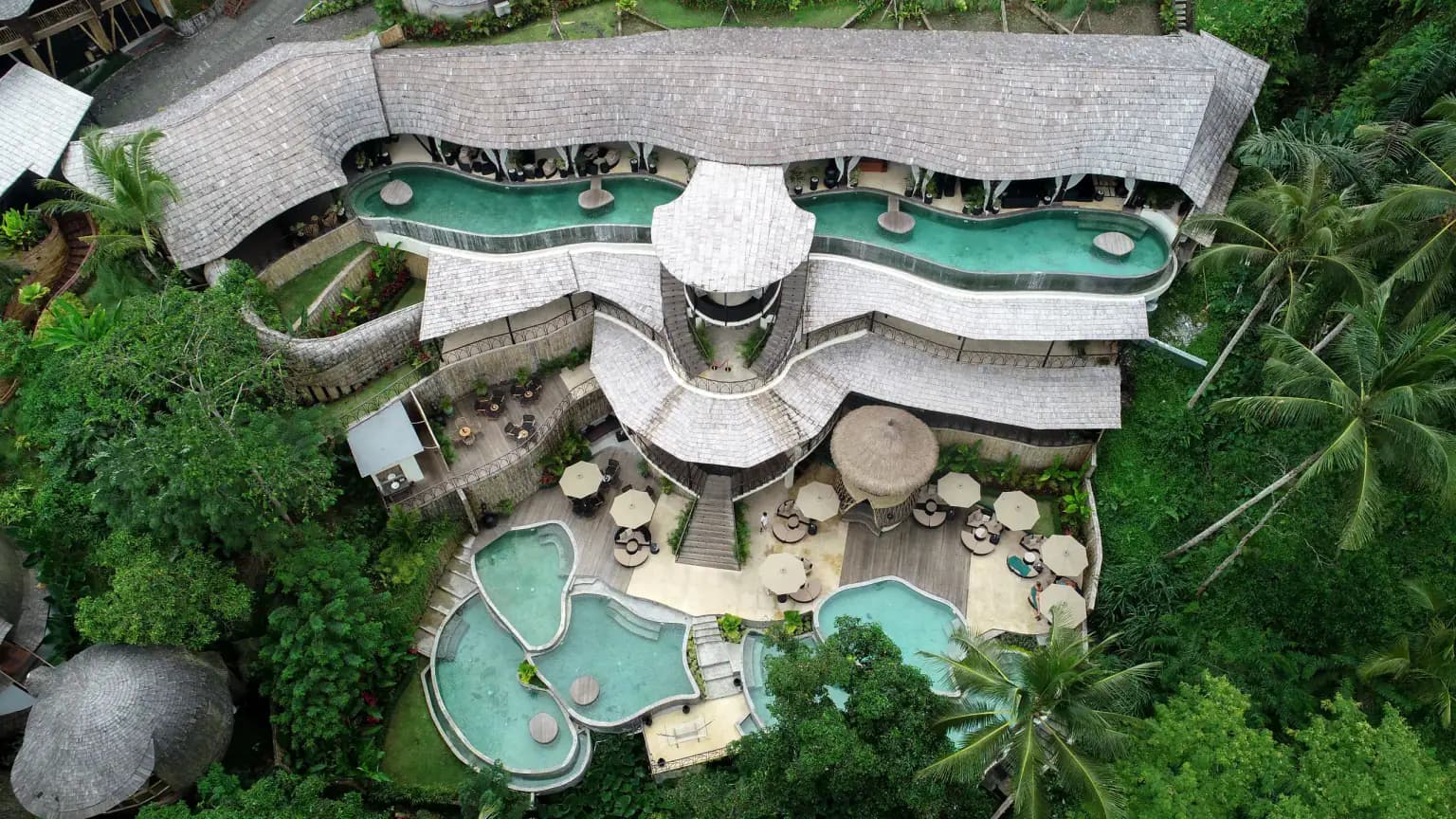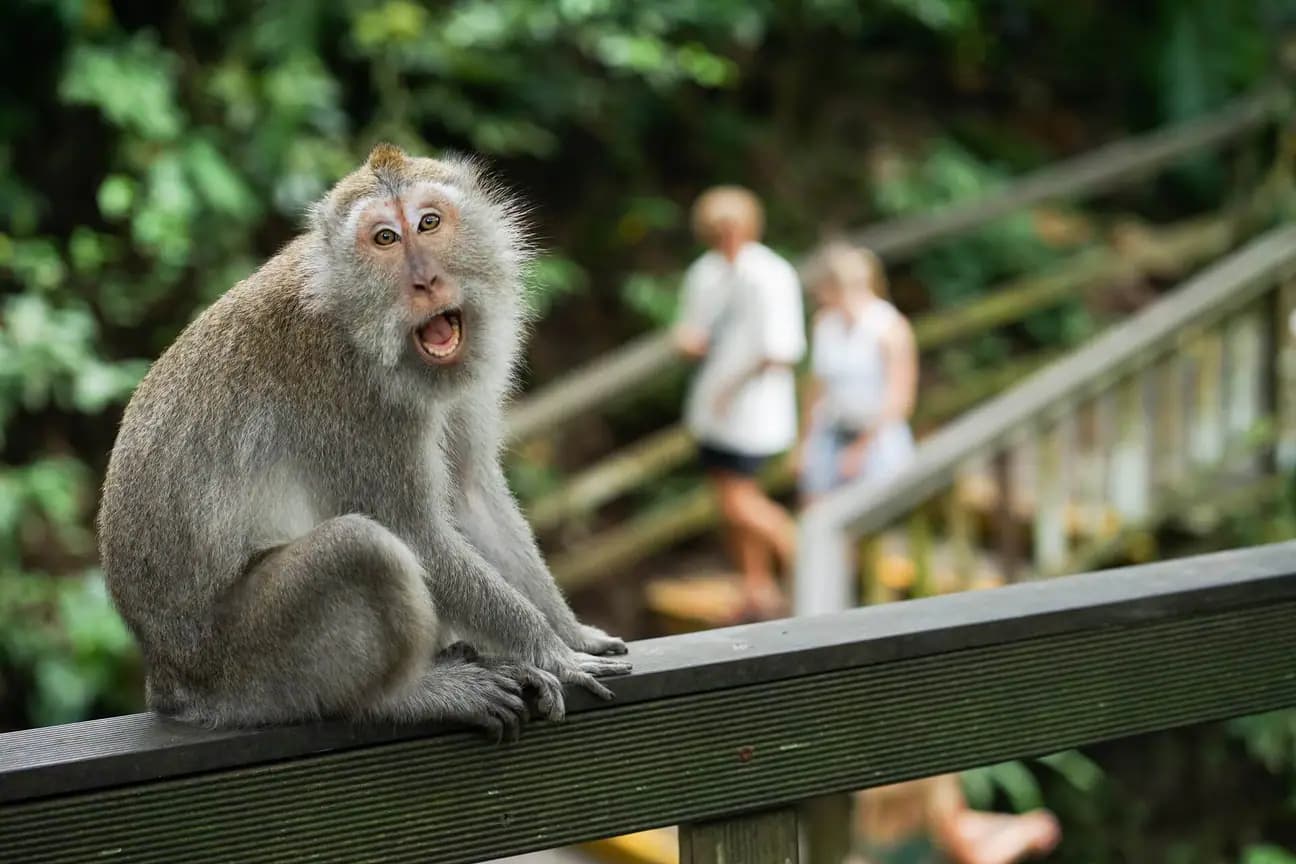Galungan marks the victory of dharma (good) over adharma (evil), a momentous occasion when Balinese Hindus believe ancestral spirits descend from the heavens to visit their families on Earth. The island comes alive with rituals, offerings, and ceremonies as families prepare to welcome their ancestors with devotion and grace.
Ten days later, the festival of Kuningan follows—signifying the return of these ancestral spirits to the heavens. The name "Kuningan" is derived from kuning, the Indonesian word for yellow, a color that symbolizes purity and blessings. The day is known for its golden decorations and the serving of nasi kuning (yellow rice), a dish shared among loved ones.
In 2025, Galungan will be celebrated on April 23, with Kuningan falling on May 3. The second cycle will return later in the year on November 19 and 29 respectively, in accordance with the 210-day Balinese Pawukon calendar.
A visual highlight of the Galungan season is the appearance of penjor—graceful bamboo poles adorned with coconut leaves, flowers, fruits, and colored paper. Erected on Penampahan Day (the day before Galungan), these towering structures line nearly every street and home, especially in Bali’s traditional villages, and act as spiritual beacons welcoming divine spirits.
Kadek Dwika Ari Kusuma, founder of Edo Penjor, one of Bali’s prominent penjor artisans, shared with local media how this year’s designs have embraced white and yellow tones for a more elegant and harmonious appearance—still rooted in tradition but with a fresh creative touch.
“Creativity is essential in keeping culture alive,” Kusuma explained. “As long as we respect the values and meaning behind each element, there is room for expression.”
He also addressed the rising cost of materials, noting that although prices have increased, Edo Penjor is keeping rates fair, with most structures in Denpasar priced between IDR 300,000–350,000. “We’ve only adjusted by about IDR 10,000–20,000,” he added.
For Kusuma, who started crafting penjor in junior high, the business is seasonal—after Galungan and Kuningan, he returns to running a nasi lawar street food cart.
For tourists, Galungan and Kuningan offer a rare opportunity to experience Bali’s deeply rooted spiritual traditions firsthand. Visitors are welcome to admire and photograph the beautiful decorations, but they’re reminded to always ask for permission, respect temple customs, and never touch or disturb ceremonial offerings or penjor.
As Bali continues to celebrate its rich cultural heritage, these festivals offer more than just photo opportunities—they provide a heartfelt glimpse into the soul of the island and the values that guide its people.











